The cricket book is dead; long may it live
Publishing may have dwindling interest in cricket, but cricket remains interested in publishing, and it’s increasingly equipped with do-it-yourself solutions.

In recent times, they also marked the passing of a memorable era. The massive hardbacks of Steve Waugh’s Out of my Comfort Zone (2005), Adam Gilchrist’s True Colours (2009) and Ricky Ponting’s At the Close of Play (2013) rounded out their careers like unbeaten triple-hundreds. There were other conscientious contributions, such as Brett Lee’s My Life (2012), Mike Hussey’s Underneath the Southern Cross (2013) and Ryan Harris’s Rhino (2014).
Then, however, the market topped out. Michael Clarke’s My Story (2016) failed to justify a reputedly seven-figure advance – cricket publishing’s forerunner of cricket broadcasting’s billion-dollar brainstorm two years later. And there was, hereabouts, a book glut: see also Chris Rogers’ Bucking the Trend, Brad Haddin’s My Family’s Keeper, Mitchell Johnson’s Resilient, and Darren Lehmann’s Coach all appeared that the same year.
Since then, notably little. Steve Smith’s The Journey (2017) concluded just about as said journey was about to become interesting; Shane Warne’s No Spin (2018) came out long after the fact.
Retrospects by Dennis Lillee and Rod Marsh tapped a nostalgia market. The fine tribute to Phillip Hughes by my colleagues Peter Lalor and Malcolm Knox was a means to mourn.
But the Australian cricket team’s tumultuous recent years have spawned no wardrobe account, save, after a different fashion, for Amazon’s documentary series The Test, which for all its merits remains official product.
Other subgenres, meanwhile, seem to have petered out completely, such as the instructional book and anthology. Remember when it seemed like every other Australian household had a copy of Cricket the Australian Way or Six & Out? And what place for the tour diary and tour book when teams do not so much tour as pop in?
Nor have books by contemporary cricketers here taken the chances of candour hazarded in England, where new standards were set by Marcus Trescothick’s Coming Back to Me (2008). It is impossible to imagine Australian autobiographies as personal as Jonathan Trott’s Unguarded (2016) and Johnny Bairstow’s A Clear Blue Sky (2017), nor does there exist an Australian counterpart of specialist imprints like Pitch Publishing or Fairfield Books.
In a mass market sense, then, we appear to have entered the age of the cricket book as leisure product, embodied by Ellyse Perry’s Perspective (2019), which was more like a fixed stare into the middle distance.

Why is this? It may be that modern cricketers, habitués of social media, do not think in book terms; it may be that modern agents see juicier fruit hanging lower elsewhere; it may, simply, be that the burdening of cricketers with a relentless cycle of busywork precludes deeper contemplation. Who wants to submit to further self-interrogation when one is monitored so endlessly, and pointlessly, by others?
But the effect is a strange one: we see ever more of cricketers about whom we know ever less, at least in the depth a book can provide.
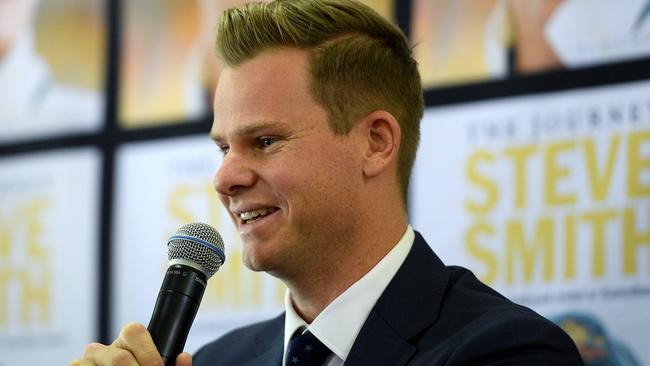
Perhaps for the first time in the history of Australian sports literature, more of note is emerging from the football codes than cricket: bookshop shelves at present groan beneath the stories of Gary Ablett, Bachar Houli, Marlion Pickett, Jarryd Roughead, Johnathan Thurston, Cameron Smith and Darius Boyd. Patrick Skene’s The Big O, telling the story of Olsen Filipaina, is a genuinely fine book, even for those little interested in rugby league.
Yet the love of cricket, and the desire to express it, abide. Springing up from the cracks in the pitch, as it were, self-publishing has this year attained unprecedentedly impressive quality.
The most lavish productions have been two delectable works of pictorial history: Victor Trumper and the Golden Age of Australian Cricket by Peter Schofield and Peter Lloyd, and Clearing Boundaries by Fiona Bollen and Matt Bonser.
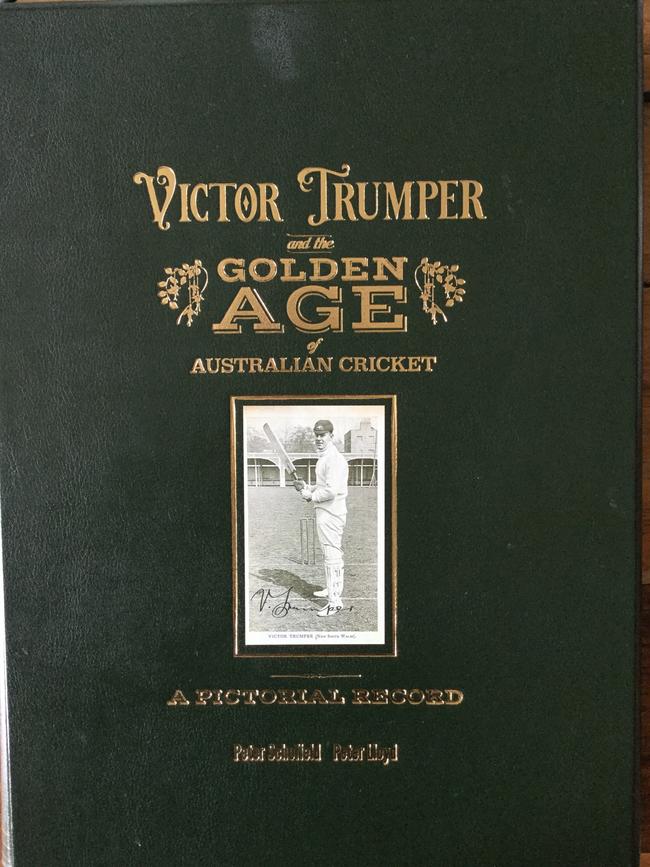
The former, a pageant of images from cricket’s Edwardian belle epoque, testifies to the zeal of the authors, collectors both; the latter, a huge illustrative work on women’s cricket, is backed by the Bradman Museum. No mainstream publisher, quite frankly, could have produced these books to such a high standard without subsidy. It would not have been economic.
Trumper, perennially evocative, inspired two other worthy additions to the long tradition of short-run books of cricket history, VT: A Complete Reference of his Performances on the Cricket Field by Alf James and a brief biography of Trumper’s peer Charles Kelleway entitled The Pupil and the Master by Ronald Cardwell and James Cattlin.
Cardwell, an incurably active man of cricket who owned Carlingford’s Old Church Bookshop, also underwrote Cricket’s Forgotten Pioneer, Mike Coward’s succinct and attractive biography of the peripatetic Frank Tarrant, impresario of the first Australian tour of India eighty-five years ago.
What’s specially pleasing is an emerging subgenre of cricket books written, as it were, from the bottom up, chronicling the good rather than the great.
Lachlan Stonehouse and Keith Wyatt are former first-grade cricketers with extensive coaching experience and a fund of cricket lore: in A Passion for Cricket and The Changing Face of the Game respectively, they offer pungent critiques of Australian cricket’s structure and strategies at grassroots level, as well as some great stories.
My favourite is Wyatt’s tale of encountering a fifteen-year-old Allan Border at Mosman. “Why aren’t you at school?” came the predictable sledge. “At least I’ve gone to school,’ quoth AB. Always destined to play for Australia, wasn’t he?
Craig Dodson’s A View of Australia From Fine Leg, meanwhile, recounts the season of 2019-20 in which, returning to cricket after a mental health battle, he quixotically set out to play eleven games for different clubs around Australia.
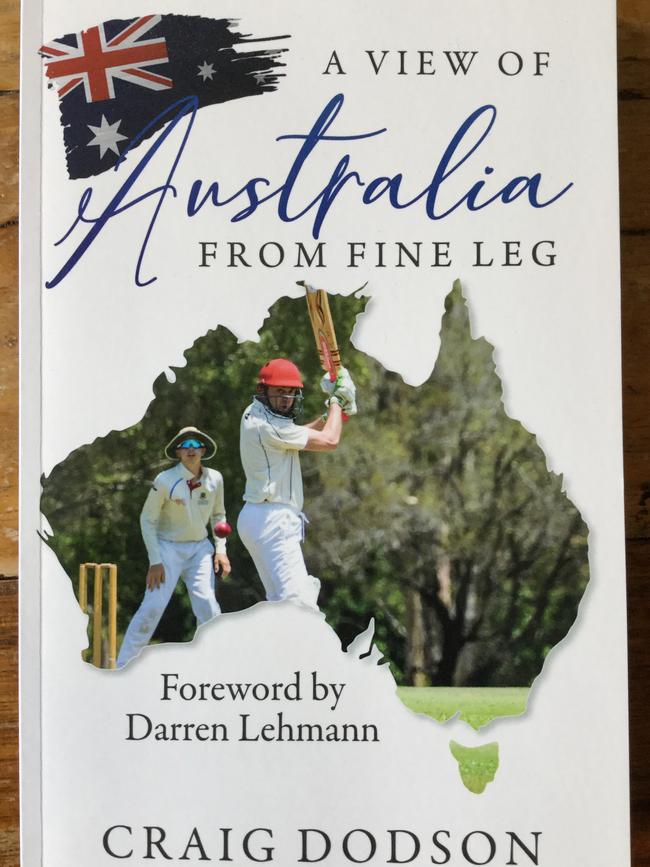
Having covered 10,000km, including 1600km for one golden duck, but having found a welcome everywhere, Dodson concludes feeling “proud to call myself a cricketer.” You’ll feel the same.
Two complementary books that also endeared themselves to me both involved Sydney grade cricket in the 1970s. Zivko: The Spinner from Hell is the story of the son of survivors from a Nazi labour camp who fetched up in Sydney after the war, where father built a future working as a road ganger and cane cutter.
As a “wog”, Zivko Radanovic was expected to play soccer, but at Cabramatta High fell for cricket and was anglicised as “Tony”. His aggressive left-arm spin took Radanovic all the way to the Sheffield Shield squad via Cumberland CC, playing with the likes of Kerry O’Keeffe, Gary Gilmour and John Benaud. The last of these, an excellent writer, has written a small but perfectly-formed 120 page life story of Radanovic with Ron Cardwell’s support.
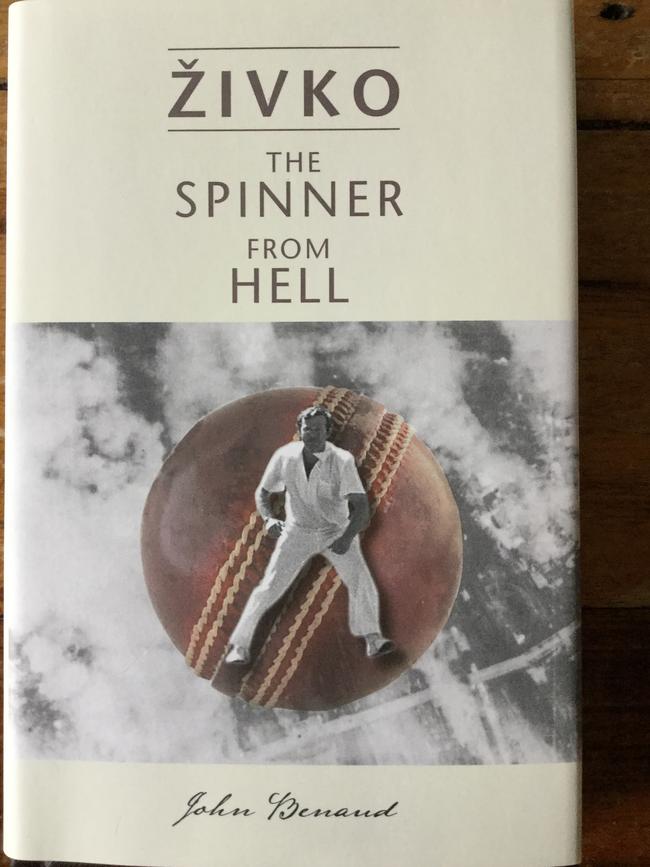
On the cover, Radanovic, by now with Bankstown, is bowling against University of NSW CC in the summer of 1976-77, the season in which the perennially downtrodden Uni team won the Sydney first-grade premiership.
Coincidentally, Uni’s then-captain John Rogers, father of the aforementioned Chris, has put together a match-by-match account of the season, Pariahs to Premiers, with the assistance of his gun all-rounder Mark Ray, probably cricket’s premier photojournalist.
They have done so not by conventional narrative but by cajoling the players into contributing to a Whats App group with their memories, wry, self-deprecating and warm-hearted, not only of cricket but of life, study and work.
Many have gone on to distinguished careers in the arts, sciences, medicine and business, but here they are their old knockabout selves, with the odd bit of Latin and Descartes thrown in, interspersed with flavoursome period photographs.
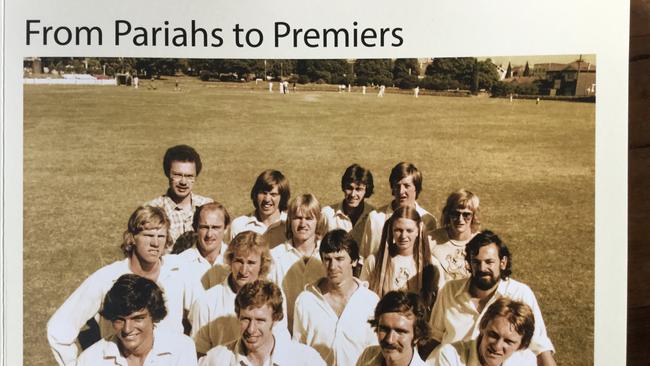
My favourite contributions are from Geoff Lawson, who puts the love of cricket into a few choice words, and Chris Chapman, who ponders how his long and successful corporate career might have changed had he dropped the difficult catch by which the final was won by 10 runs – a source of irreducible anxiety which he finally after many years admitted to his old skipper.
“We still would have won, Chappo,” replied JR, showing what made him a beloved captain in the first place.
Publishing may have dwindling interest in cricket, but cricket remains interested in publishing, and it’s increasingly equipped with do-it-yourself solutions. The cricket book, at least as we have known it, is dead; long live the cricket book.

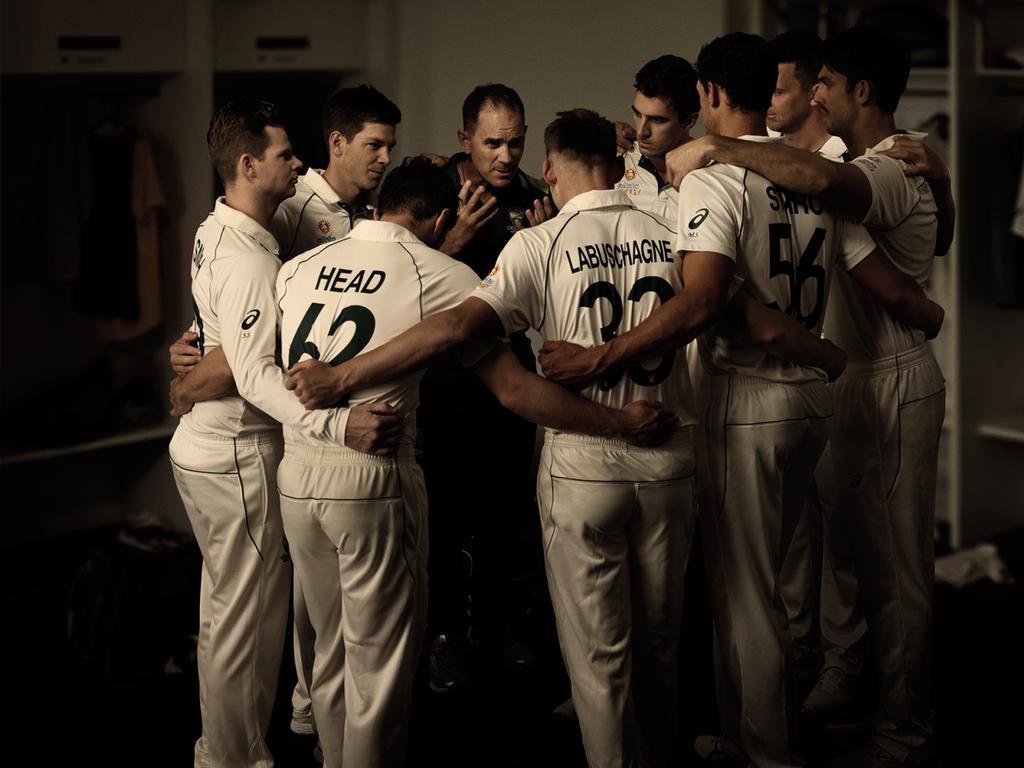
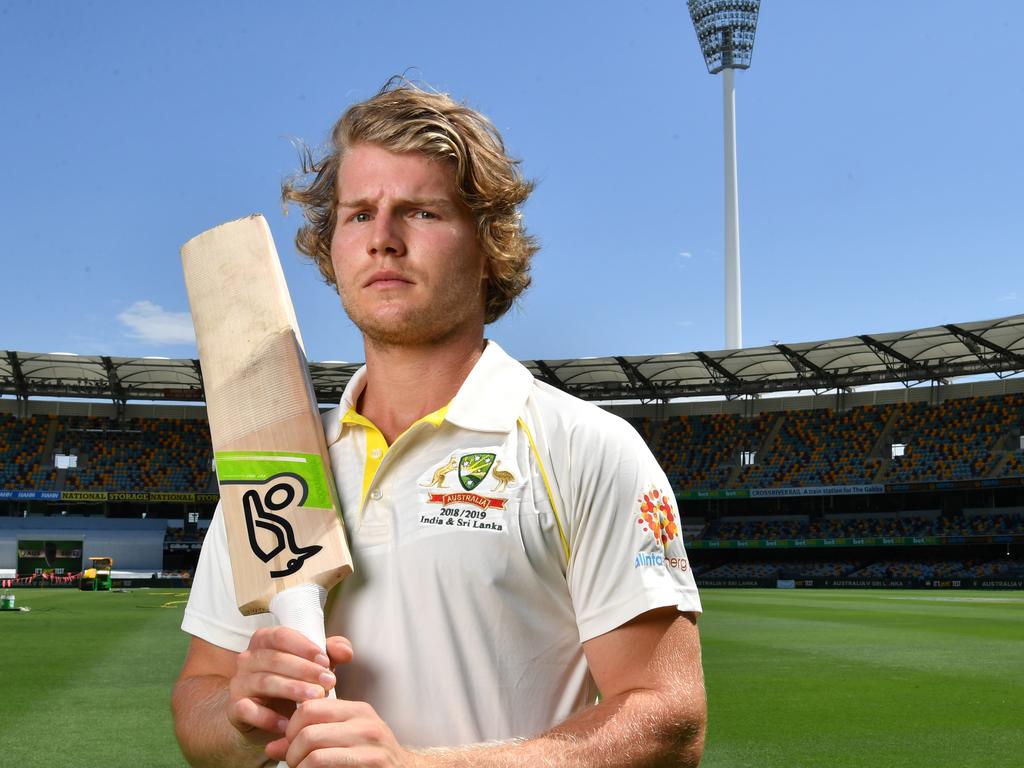




Get a cricket book for Christmas? Over the decades they have been a hardy festive staple, bought largely, it was reputed, by women for men – wives for husbands, daughters for fathers, girlfriends for boyfriends.